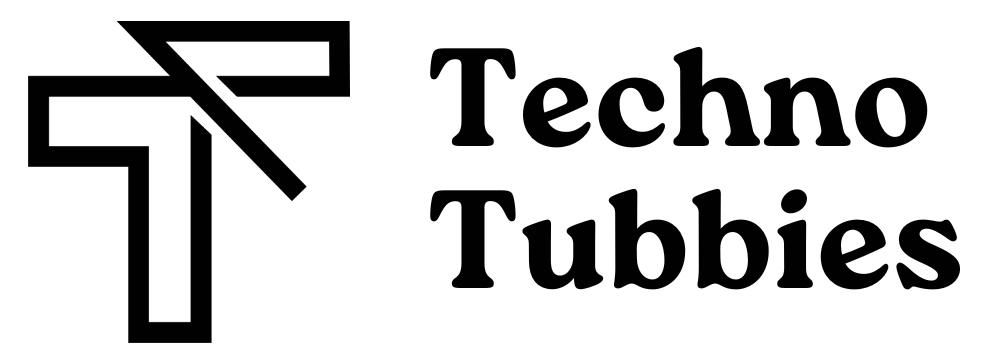
Getsafe, a German-based digital insurtech startup, has acquired the German portfolio of Luko, a French insurtech startup that recently neared insolvency before agreeing to be acquired by British insurer Admiral Group in a transaction that didn’t include its German or Spanish operations.
Getsafe is now present in four countries since its expansion into France. Luko’s own expansion into Germany dates back to 2022 when it acquired German startup Coya, and it’s in large part its former customer base that Getsafe is now taking over. “Roughly 90% of German Luko customers are former Coya customers,” Getsafe CEO and founder Christian Wiens told TechCrunch.
Asked whether Getsafe had also tried to acquire Coya at the time, Wiens said that the two companies only had “loose discussions” that “never materialized.” Luko was more serious in its interest, because it would obtain an insurer license from the Federal Financial Supervisory Authority (BaFin) by acquiring Coya; Getsafe didn’t need that, since it had already obtained its insurer license from BaFin in 2021.
The takeover announced today, which, according to Getsafe was approved by BaFin late last month, has nothing to do with licenses and a lot to do with Getsafe’s growth goals. After the acquisition of Luko’s German portfolio of 50,000 policies, including liability, pet and home contents insurance, Getsafe now has 550,000 customers across Europe, up from 400,000 before the French expansion in January of this year.
Terms of the deal were not disclosed, so we don’t know much it will help Luko clear its debts. But it gives a new home to a German customer base that Admiral wasn’t interested in taking over. The British group, we learned over the summer, was mostly looking into accelerating and diversifying its growth in France, where its subsidiary L’Olivier made its name with car insurance.
Operating profitability
When I talked to L’Olivier CEO Pascal Gonzalvez last July, he mentioned that Luko’s track record of speedily launching new products and in countries had been key in the deal with Admiral, since it showed that future launches and integrations would be fast. It also helped in Germany, it seems: “The post-merger integration took us only a few weeks. From a technical perspective, integrating Luko Insurance’s customer base was as easy for us as launching a new product,” Wiens said in a canned statement.
Talking to TechCrunch, Wiens provided more details on what facilitated what is typically a long process. “A portfolio transfer would take incumbent insurers several months (in most cases years) due to IT system incongruencies. […] We learned from the mistakes of the old economy and built our proprietary platform in a modular way so that we can easily scale and adapt our infrastructure as we grow,” he said.
Another big difference between incumbents and Getsafe is that it sells its insurance products directly to its customers (DTC) — mostly a younger demographic — and with a mobile-first strategy. According to the company, 35% of its customers use its app every month. Wiens said that “10% of usage is for filing a claim and 90% of usage is to explore further insurance options or get more educated about protection.”
The ability to sell more products to the same customer may be what Luko was missing – for a long time, it only offered home insurance. “Luko was focusing for too long on a single product (mono-line) strategy,” Wiens said. “Especially in a direct online market, it is difficult to amortize customer acquisition costs if you fail to become the holistic insurance partner for your customers.”
Getsafe’s multi-product and DTC strategy seems to be paying off; while it didn’t disclose numbers, the company said it “again doubled revenue after a fivefold increase in the previous year and achieved operating profitability in its core markets.” It also added that its revenue per customer “has been doubling every year since Getsafe’s inception.”
Wiens pointed out Getsafe’s DTC strategy as resulting in higher margins, and remains bullish about it. “[DTC] is the only way to fundamentally disrupt insurance,” Wiens told TechCrunch. Not everyone agrees; German rival Wefox relies on distribution partners, and Wefox’s first-party insurance business has been deprioritized compared to the distribution business.
With €32 million in losses in 2022 (around $33.8 million), Wefox reshuffled its executive team a few days ago by appointing a new CFO “as we focus on driving profitable growth while expanding our international footprint through acquisitions,” CEO Julian Teicke said in a statement.
In May, Wefox secured $55 million in a revolving credit facility from JP Morgan and Barclays at a flat valuation of $4.5 billion – the same as in its $400 million Series D round in July 2022. Getsafe raised a much lower amount of funding to date — €120 million, around $127 million, including a Series B round extension in 2021 — and it will be interesting to see which strategy pays off the most: More or less funding? DTC or not? We’ll explore the latter shortly with additional insights from insurtech insiders.



